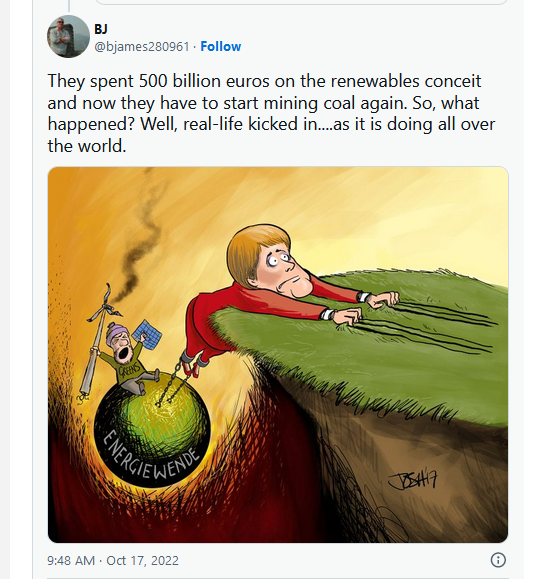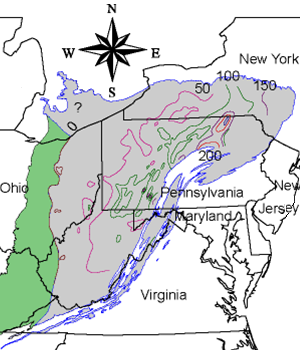On March 25th, American Experiment posted an article about renewable energy.
The article reports:
Bloomberg recently ran a very interesting interview with Brett Christophers about his new book The Price is Wrong: Why Capitalism Won’t Save the Planet.
In the interview, Christophers argues there’s a widespread misconception about what’s needed to expand the deployment of renewables and transition away from fossil fuel generation.
Christophers makes the following argument:
The basic argument is simple, and it’s something that the world doesn’t want to admit: The business of developing and owning and operating solar and wind farms and selling electricity is kind of a lousy business.
Whether new solar or wind farms get built is ultimately about the expected profitability of those assets. Even though the generating cost aspect has become increasingly beneficial over time that doesn’t necessarily mean that the expected profits are going to be there.
Generating costs are only part of the costs that a company that owns and controls a solar or wind farm, and sells the electricity, incur. There are also costs associated with delivering that power to where it gets consumed.
For renewables the delivery costs tend to be higher than they are for conventional power plants because conventional power plants on average tend to be located closer to centers of demand.
That’s because unlike conventional power plants, renewables like solar and wind farms require huge amounts of land to produce significant amounts of power.
Unless governments are willing to either assume the burden of renewables development through public ownership…they will have to keep subsidies and tax credits in place indefinitely or else renewables investment will collapse because of the unfavorable economics.
The article concludes:
The author obviously favors wind and solar and later advocates for a tax on carbon dioxide emissions. However, it is interesting that he acknowledges there is no economy-wide business case for wind and solar without government support.
It’s time for our politicians to be honest with Americans about the cost of ‘green energy’ both in dollars and in damage to the environment. The people who advocate for electric cars fail to mention the children mining lithium in Africa or the environmental devastation lithium mining causes. Those who favor offshore wind farms fail to mention the number of whales that have died in the implementation of those wind farms or the number of birds that are killed by either wind farms or solar farms. Let’s do the complete research before we back something that is more damaging than what we originally had.










